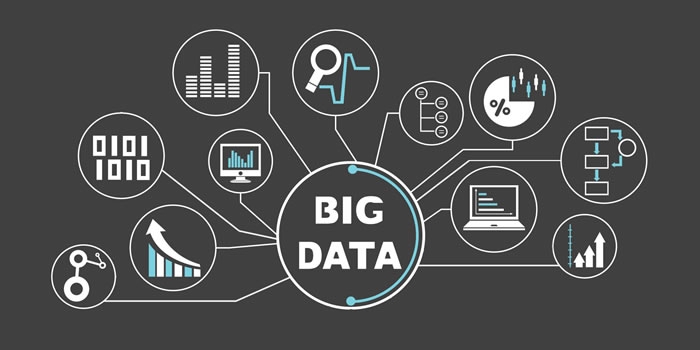
Big data is a term for data sets that are so large or complex that traditional data processing application software is inadequate to deal with them. Challenges include capture, storage, analysis, data curation, search, sharing, transfer, visualization, querying, updating and information privacy.
Categories
Structured
Any data that can be stored, accessed and processed in the form of fixed format is termed as a ‘structured’ data.
Unstructured
Any data with unknown form or the structure is classified as unstructured data. In addition to the size being huge, un-structured data poses multiple challenges in terms of its processing for deriving value out of it. Typical example of unstructured data is, a heterogeneous data source containing a combination of simple text files, images, videos etc. Now a day organizations have wealth of data available with them but unfortunately they don’t know how to derive value out of it since this data is in its raw form or unstructured format.
Semi-structured
Semi-structured data can contain both the forms of data. We can see semi-structured data as a strcutured in form but it is actually not defined with e.g. a table definition in relational DBMS. Example of semi-structured data is a data represented in XML file.
Big Data Benefits
- Timely – Gain instant insights from diverse data sources
- Better analytics – Improvement of business performance through real-time analytics
- Vast amount of data – Big data technologies manage huge amounts of data
- Insights – Can provide better insights with the help of unstructured and semi-structured data
- Decision-making – Helps mitigate risk and make smart decision by proper risk analysis
- Businesses – Businesses can utilize outside intelligence while taking decisions .
- Improved customer service – Traditional customer feedback systems are getting replaced by new systems designed with ‘Big Data’ technologies. In these new systems, Big Data and natural language processing technologies are being used to read and evaluate consumer responses.
- Better operational efficiency – ‘Big Data’ technologies can be used for creating staging area or landing zone for new data before identifying what data should be moved to the data warehouse. In addition, such integration of ‘Big Data’ technologies and data warehouse helps organization to offload infrequently accessed data.
Related Articles
React native is JavaScript framework for building native mobile apps. It is using React framework and offers plenty of built-in components and APIs. React Native App Will Run Without setting...
Face detection is a computer technology being used in a variety of applications that identifies human faces in digital images. Face detection also refers to the psychological process by which...
The market for artificial intelligence (AI) technologies is flourishing. Beyond the hype and the heightened media attention, the numerous startups and the internet giants racing to acquire them, there is...
